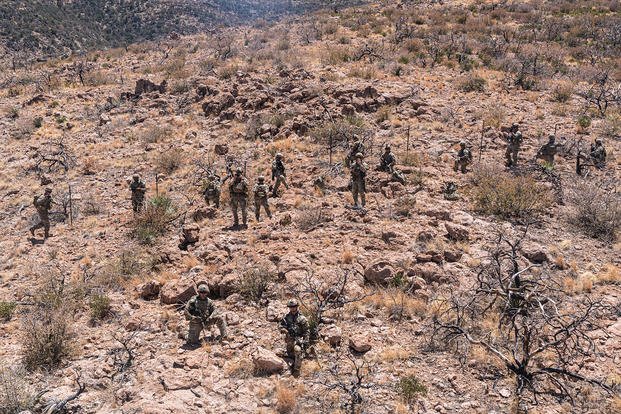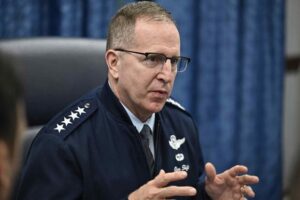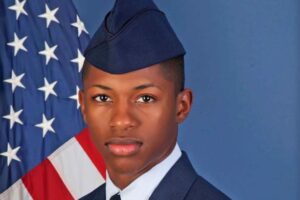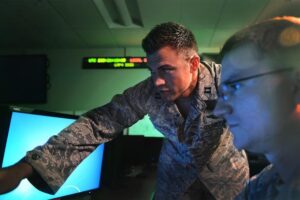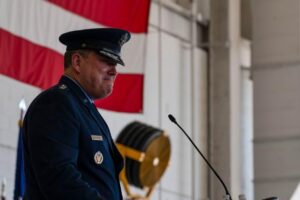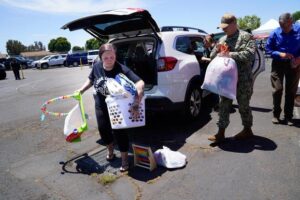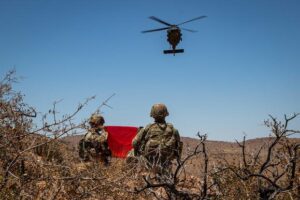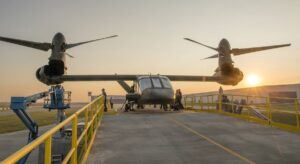Military Expands Presence at U.S.-Mexico Border
In a significant move to strengthen border operations, the Pentagon has announced the deployment of 1,115 additional troops to the U.S.-Mexico border. This deployment is part of the Trump administration’s ongoing efforts to tighten immigration control.
The newly deployed troops will augment the over 8,000 service members already involved in the border mission since January. While some troops are directly stationed at the border, others are engaged in air and maritime operations or are contributing remotely from their home bases, according to a spokesperson for U.S. Northern Command.
Labeled as “ground components,” these additional troops are tasked with enhancing logistics, engineering, and medical support to establish “full operational control of the southern border,” as outlined in a Northern Command news release.
Air Force Capt. Mayrem Morales clarified that this deployment of over 1,000 troops is not due to a specific incident but is part of a broader strategy to support the mission. The timeline for deployment remains “to be determined.”
“Ground units supporting the southern border mission are located across the southern border from Texas to California,” Morales stated. “However, please know that not all announced units may be at the southern border at this time.”
Earlier this year, the administration considered deploying 10,000 troops for border support. The military’s role has expanded to include securing federal land along the border, where troops can apprehend migrants under trespassing charges before handing them over to law enforcement for further processing.
In recent developments, federal judges in New Mexico and Texas have dismissed over 100 trespassing charges against individuals detected in “National Defense Areas.”
The military’s involvement also extends to Air Force planes transporting migrants out of the U.S. and detaining individuals at facilities such as Naval Station Guantanamo Bay. Plans to hold migrants at Fort Bliss faced setbacks, as reported by NBC (source).
Last week, the Department of Homeland Security sought 20,000 National Guard troops to aid in deportation efforts. Meanwhile, service members continue to engage in engineering, security, intelligence, and coastal patrol duties using various military assets, including armored Stryker vehicles and U-2 Dragon Lady reconnaissance aircraft, as reported by The New York Times (source).
Morales highlighted the complexity of communicating exact troop numbers due to the rotational nature of deployments and emphasized the multi-domain nature of the operation, encompassing air, sea, ground, and intelligence tasks.
The latest unit deployment details remain unspecified, with Morales stating that troop origins and roles are “to be determined.” The new deployment includes personnel from various branches: 65 augmentees for the Joint Task Force-Southern Border headquarters, 250 soldiers from a sustainment command, 140 soldiers from a quartermaster field feeding company, 580 soldiers from engineering units, 75 soldiers from a medical unit, and five logistics airmen from Tyndall Air Force Base in Florida.

